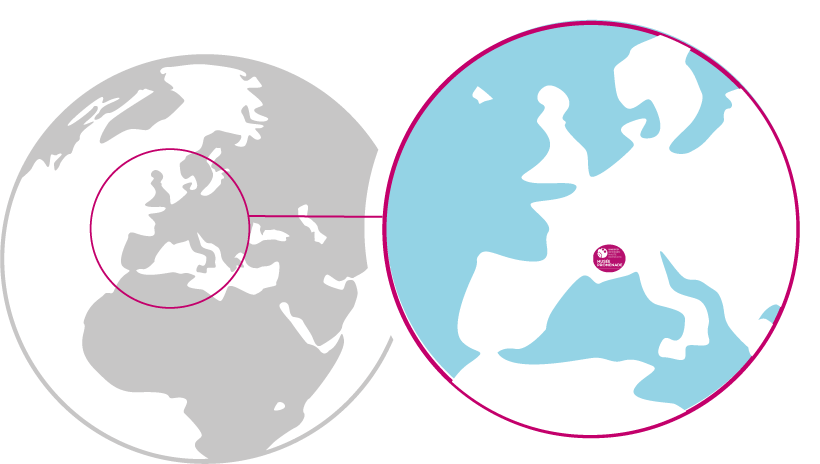La piche, pronounced "pie" in Auzet, is a Provençal word for a stream of water.
In this narrow gorge, one can observe what geologists call a geological gap and a geological unconformity. Indeed, here the sandstones of the Lower Triassic period (235 million years ago) rest directly on the black pelites (or siltstone of the Upper Carboniferous period (300 million years ago): the Permian period (65 million years ago) is missing. During this time, as today, the region was a high-altitude area subject to erosion. This is a geological gap. Furthermore, the two geological layers are not parallel, but an angular unconformity that betrays the existence of tectonic movements in the Permian period.
On an historical level, it is not far from here that a set of 42 ancient coins was discovered in 1958, including 27 bladed weapons. Their dating is debated: from the middle of the 6th century BC to the Late Roman Empire. They can be seen in the Gassendi Museum in Digne.
Note the sign 0m, by the French artist P.A. Gette, in reference to the methods of scientists, this sign indicates the beginning of something; here the beginning of the Secondary Era.





